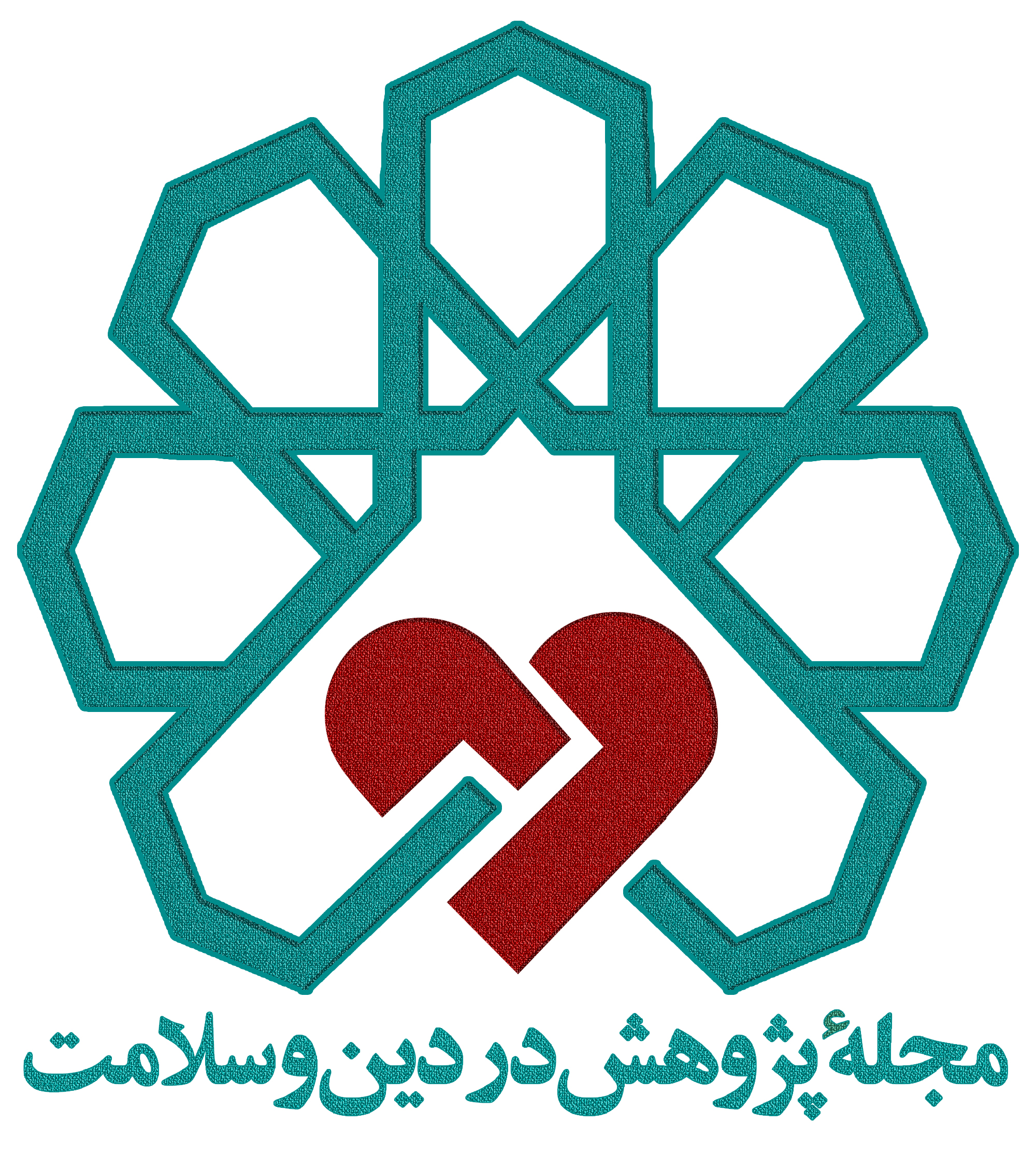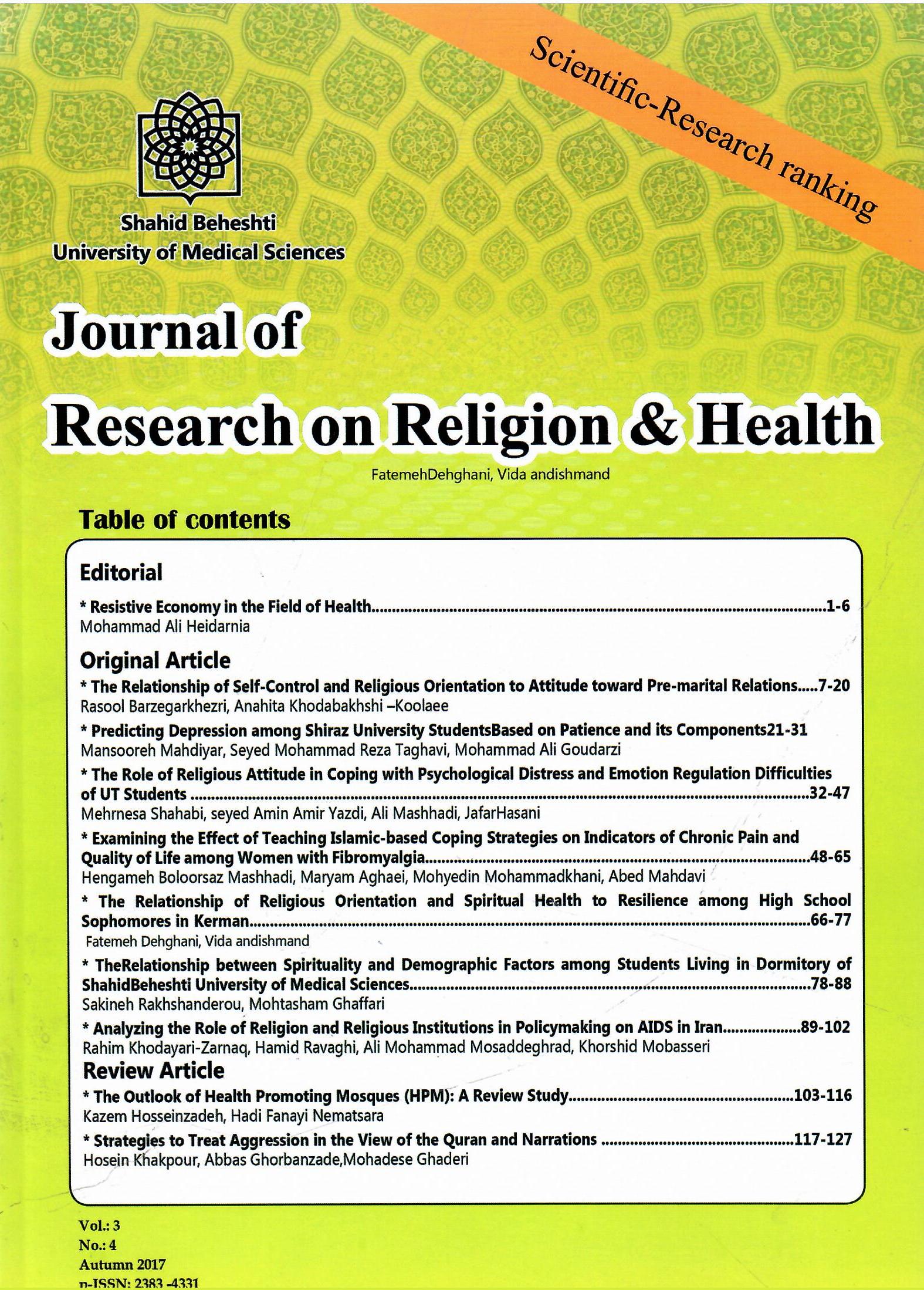Background and Objective: There is strong evidence to suggest that psychological distress and emotion regulation problems have adverse effects on life. Given that, finding the underlying processes seems important. Besides, since religion is a determining factor in emotion regulation and mental health, this study aimed to investigate the role of religious attitude in emotion regulation difficulties and distress. (Depression, Anxiety, stress).
Method: This descriptive-correlational study used multistage cluster sampling from all students at University of Tehran in academic year of 94-95. 211 students (120 female and 91 male) were selected. They were asked to complete Religious Attitude Scale-Short Form (RAS-R), difficulties in emotion regulation questionnaire (Difficulties in Emotion Regulation Scale or DERS-16) and Depression, Anxiety, Stress Scale (DASS-21). Then, the data were analyzed with using Pearson correlation coefficient and multiple regression analysis. In this study, the ethical issues were all considered and the authors declared no conflict of interest.
Results: The results show that religious attitudes negatively affect depression, anxiety and stress. Also, anxiety has negative relationships with inner spirituality, worship and religious morality. Besides, morality had predictive power for anxiety. Moreover, among the four dimensions of distress, only anxiety negatively correlated with religious attitude (morality, inner spirituality and worship) and morality had predictive power for anxiety. Furthermore, the results indicated that morality had predictive power for difficulties in emotion regulation (limited access in emotion regulation, impulse control) and the inner spirituality had predictive power for non-acceptance of emotion.
Conclusion: It can be concluded that different aspects of religious attitude can both directly and indirectly play important roles in anxiety and difficulties in emotion regulation. Therefore, paying attention to religious attitude in pathology and treatment protocols of anxiety disorders is necessary.
Please cite this article as:
Shahabi M, Amir Yazdi S A, Mashhadi A, Hasani J. The Role of Religious Attitude in Coping with Psychological Distress and Emotion Regulation Difficulties of UT Students. J Res Relig Health. 2017; 3(4): 32- 47.https://doi.org/10.22037/jrrh.v3i4.15558

